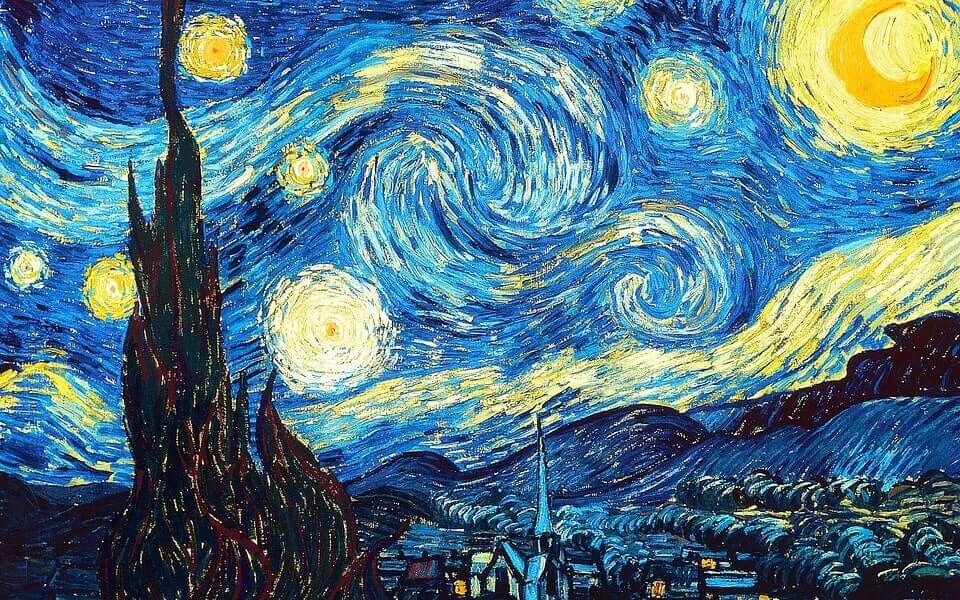The psychology of art is an area of psychology whose elements of study are creation and artistic appreciation from a psychological point of view. The goals of art psychology are similar to those pursued by other related disciplines of psychology. such as perception, memory and emotion?and the superior functions of thought and language.
However, the purpose of this course is not only practical, but also theoretical, develops theories of creative and perceptual activity, for this purpose does not dispense with the fundamental concepts and principles of scientific psychology.
- The psychology of art encompasses not only one field of its own.
- But also those that study psychology.
- Because they are related.
- So psychobiology.
- Evolutionary psychology.
- Psychopathology and personality studies are areas that relate to the psychology of art.
- Discipline is extremely complex.
On the other hand, the psychology of art is a new field in many countries, so while in English the references to the works are abundant, in Portuguese there are a smaller number of published works, most of the time texts based on psychoanalysis.
This discipline also maintains a relationship with other disciplines, such as philosophy, its contribution comes from its foundations with the understanding of aesthetic phenomena, the contribution of art history is also relevant to the extent that the works can be analyzed from a psychological point of view. .
Many psychotherapists like to study and check the healing effects of art, individually and also as a group. This type of study of the psychological element with the artistic is known as art therapy. Artetherapy began decades ago through rehabilitation programs using techniques such as writing, music, painting, etc. Despite this, the integration of this therapy into the hospital field remains slow and complicated.
However, the so-called psychology of art has become popular, based on the development of creativity and the reduction of stress and anxiety through the learning of classical artistic techniques (painting, sculpture, complementary plastic arts).
Psychologists specializing in the field of fine arts can use creative production as a mediator in the therapeutic relationship, addressing topics related to psyche, subjectivity, culture and society.
The contributions of this discipline have been very varied. Gestalt School, Gustav Fechner, Sigmund Freud, Vygotsky and Gardner are the main authors who play an important role in their creation.
For Vygotsky, the highest degree of civility is the expression of art and culture, and work is a means of sociohistric evolution. His doctoral thesis on art psychology marks a milestone in psychology by appealing to the ”unconscious” to define the essential aspect. art.
However, Vygotsky was aware that art was not a primary or physiological necessity, from the point of view of Abraham Maslow. Moreover, the unconscious aspect of art was not comparable to the processes of unconscious sleep, but art is a step towards the latent subconscious of awakening the human being.
Recently, it was discovered that the paint allows the release of dopamine, a hormone that provides a sense of reward, and endorphins, wellness hormones that are released, for example, when we exercise.
On the other hand, we know that the realization of a work of art provides a feeling of happiness very similar to that felt when children are born, this is due to the release of oxytocin.
Some of the main benefits are
In short, although the psychology of art is a recent discipline, it arises in part from Vygotsky’s initial thesis, which is seen as a method of self-awareness for working with the subconscious. It is also part of different areas of psychology as an essential part of the work.
Thus, it is used as part of the psychological evaluation in relation to the most specific interests of the evaluator, while in art therapy workshops it is used for a free therapeutic purpose or self-awareness.
Therefore, knowing the psychology of art opens the door to a wonderful world of expression regardless of artistic expression: whether painting, writing, etc. As Pessoa said, “art releases us illusoryly from the misery of being. “

